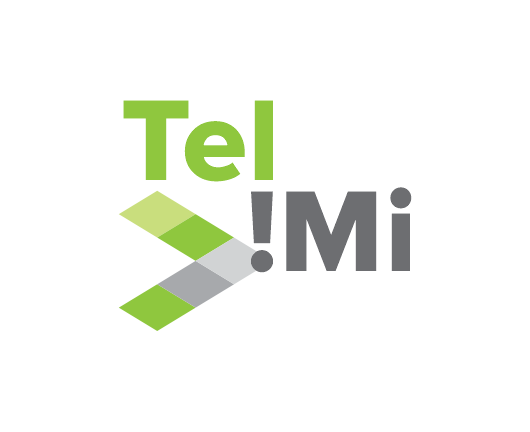Large amount of information is stored in text form: documents, letters, articles, reports. Text is the basis of knowledge and modern communications.
An important step in artificial intelligence development is teaching computer to understand natural language, analyse text meaning and work with context.

The main constraint in the process of developing artificial intelligence systems was inability to work with context and take into account polycemy of natural language. Computer is not always capable of understanding and taking into account language environment, communication situation, different lexical meanings of one word, usage of words. All these factors hamper recognition of the meaning conveyed by the author.
Tel!Mi, Mivar Test Personality Emulator, is a unique semantic platform designed on the basis of mivar principles. The platform efficiently solves the task of semantic text analysis and natural Russian language understanding.
Application of semantic technologies designed on the basis of mivar principles has allowed us to overcome considerable limitations in the field of natural Russian language understanding. New opportunities for development of intelligent products and solutions have been introduced, which seemed to be fantastic recently.
How it works
Algorithms used in TEL!Mi consecutively convert text into the mivar semantic graph. The process of analysis includes text parsing, semantic conversion, graph building, as well as work with context and ambiguity elimination. System database consists of concepts, their definitions, system relations and contexts. Semantic graph and platform modules allow us not only search for words in the dictionary, but also identify context environment, which ensures completely accurate text meaning understanding.
Practical application
Virtual consultant
- Text-based communication with the users of the website in natural language;
- Advise on products and services;
- Sales support and execution;
- Training through texts and instructions.
Smart search
- Understanding meaning of questions;
- Search for relevant answers;
- Intelligent error processing in requests;
- Clarifying request through counter questions;
- Giving answer instead of links.
Automated ontology construction
- Identification and description of concepts from texts;
- Building of semantic graph (vitalization);
- Automated building of semantic connections (relations);
- Automated knowledge formalization.
Intelligent annotation and abstracting
- Short summary of the contents of source documents;
- Automated building of semantic connections and conceptual graphs;
- Removing insignificant semantic units from the content.
ANTI-PLAGIARISM: detecting plagiarism
- Semantic text analysis detecting borrowings in different subject domains;
- Comparing semantic constructions of different texts;
- Stability when using paraphrases and synonyms.
Search for juridical collisions
- Building the model of the legal framework;
- Identifying inconsistency and contradictions;
- Identifying corruption loopholes.
Content monitoring and filtering
- Implementation of the mechanism for content filtering in corporate networks;
- Recognition of veiled messages containing commercial information;
- Smart filtering according to message meaning;
- Identification of internal corporate threats at the early stages.